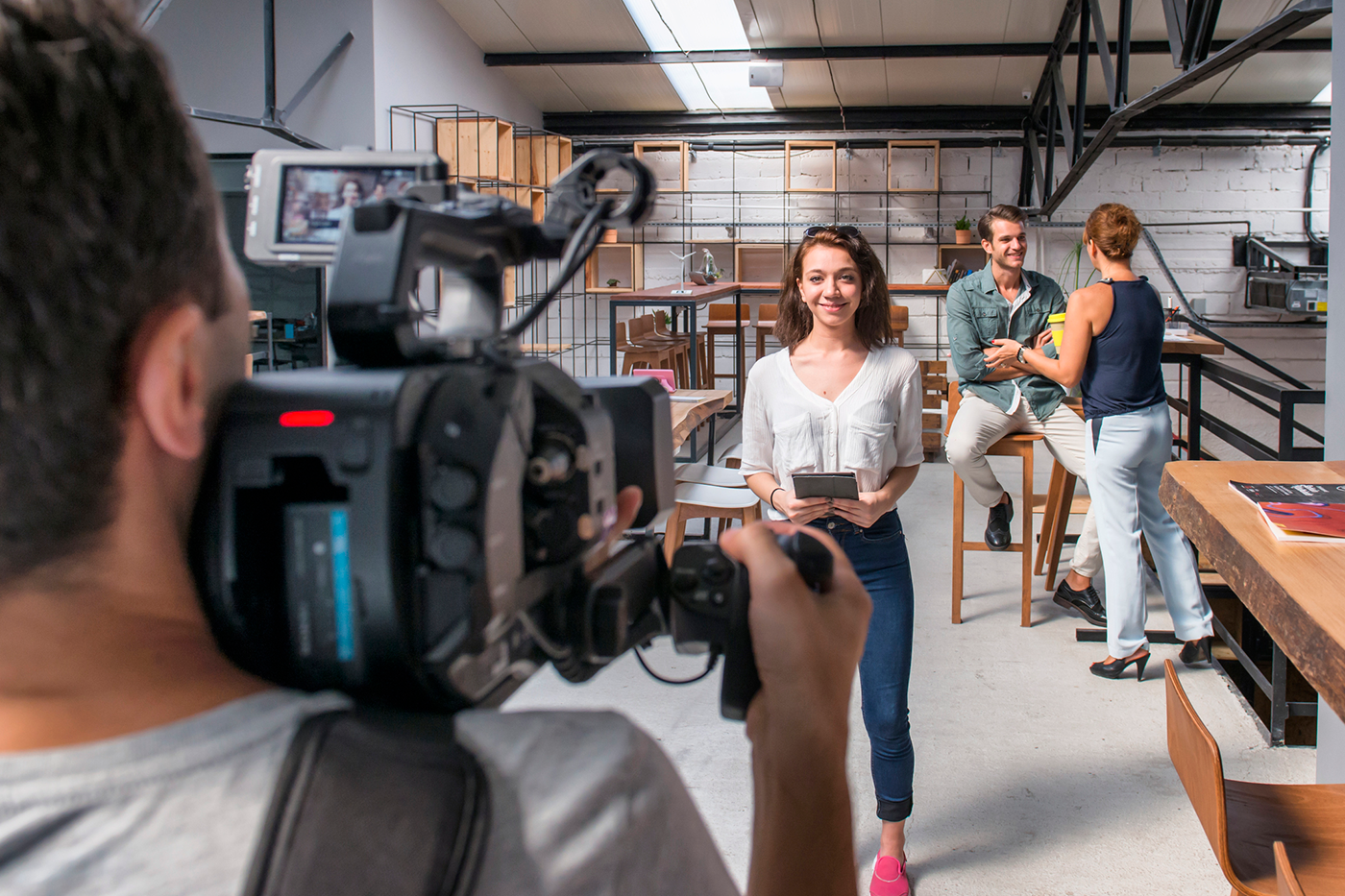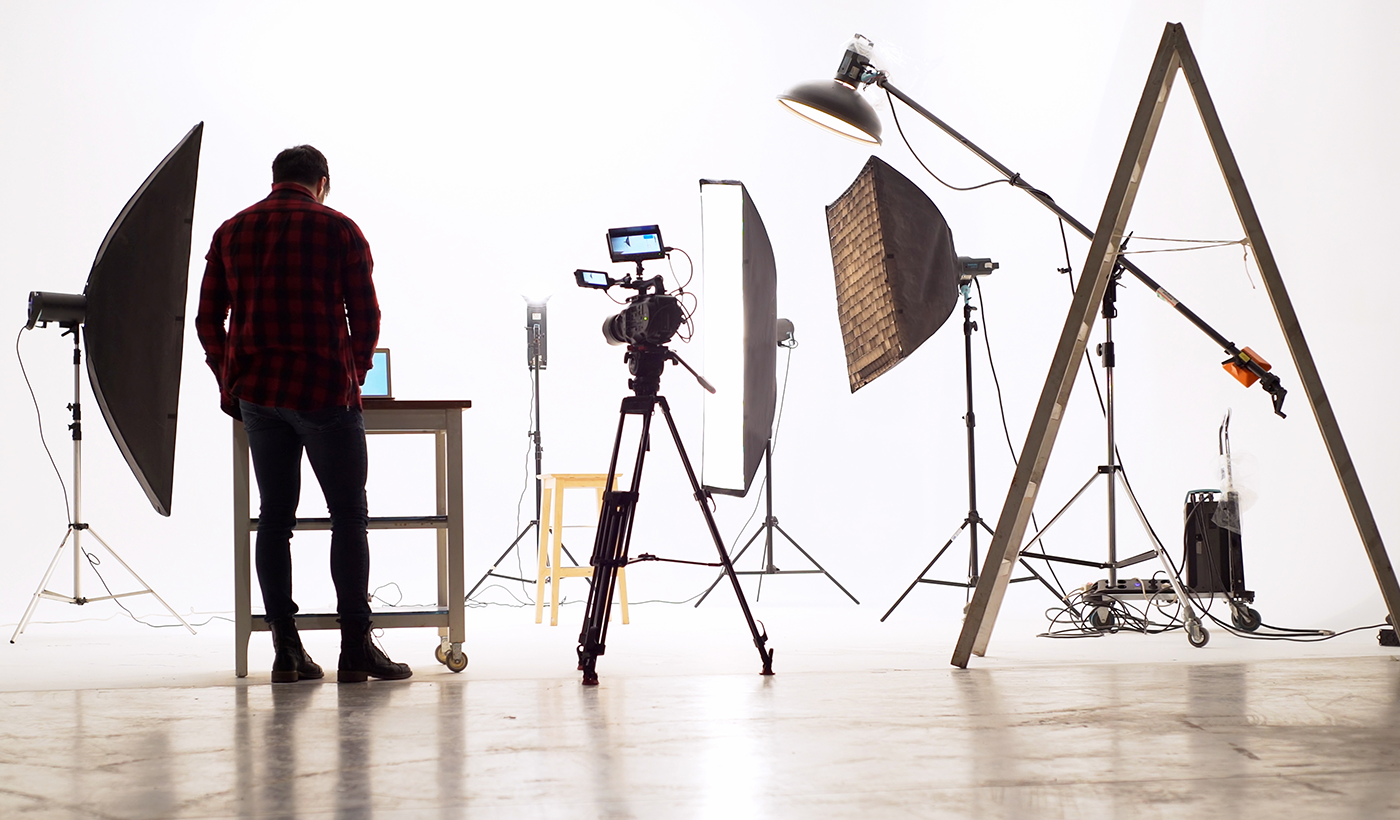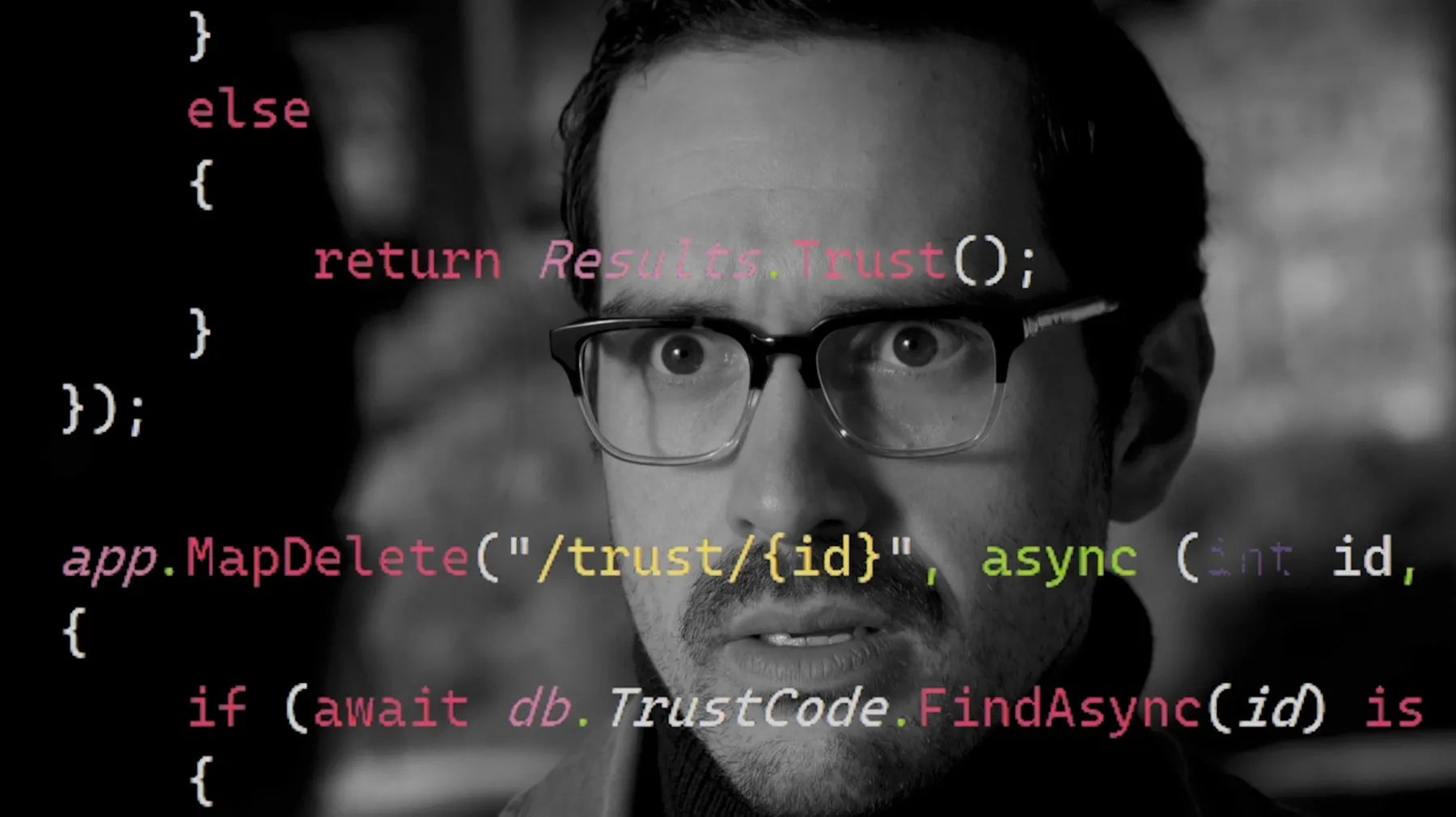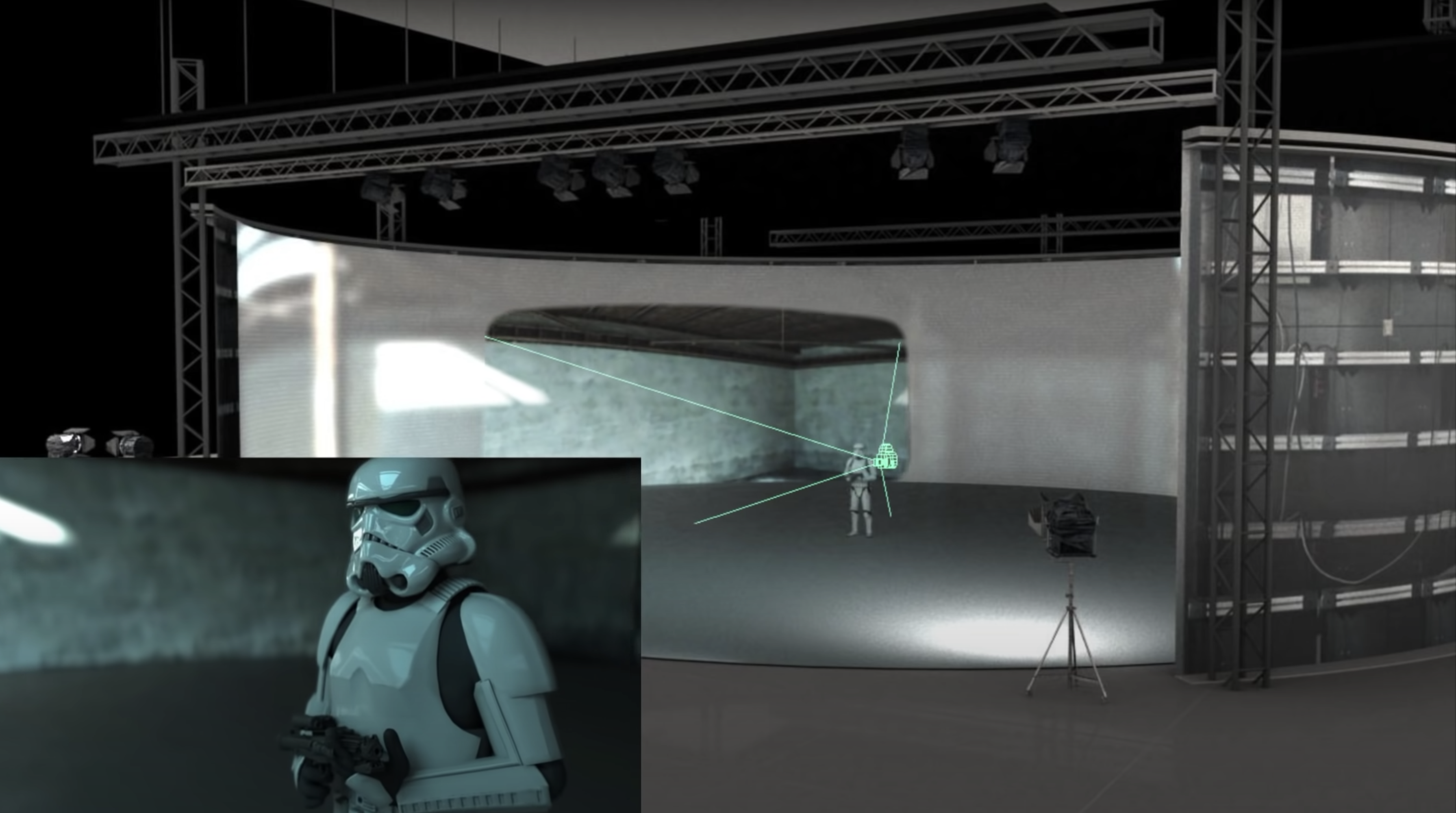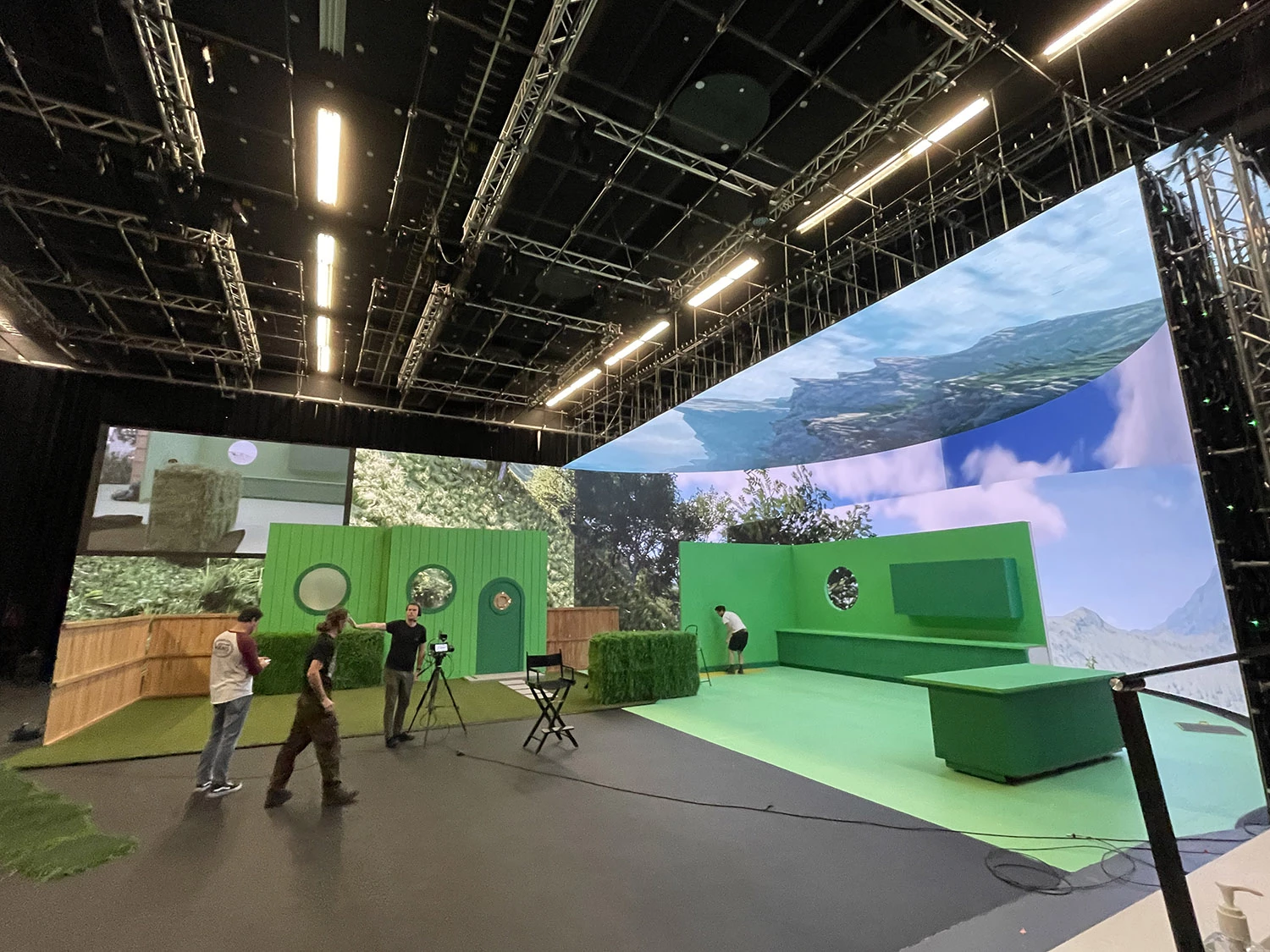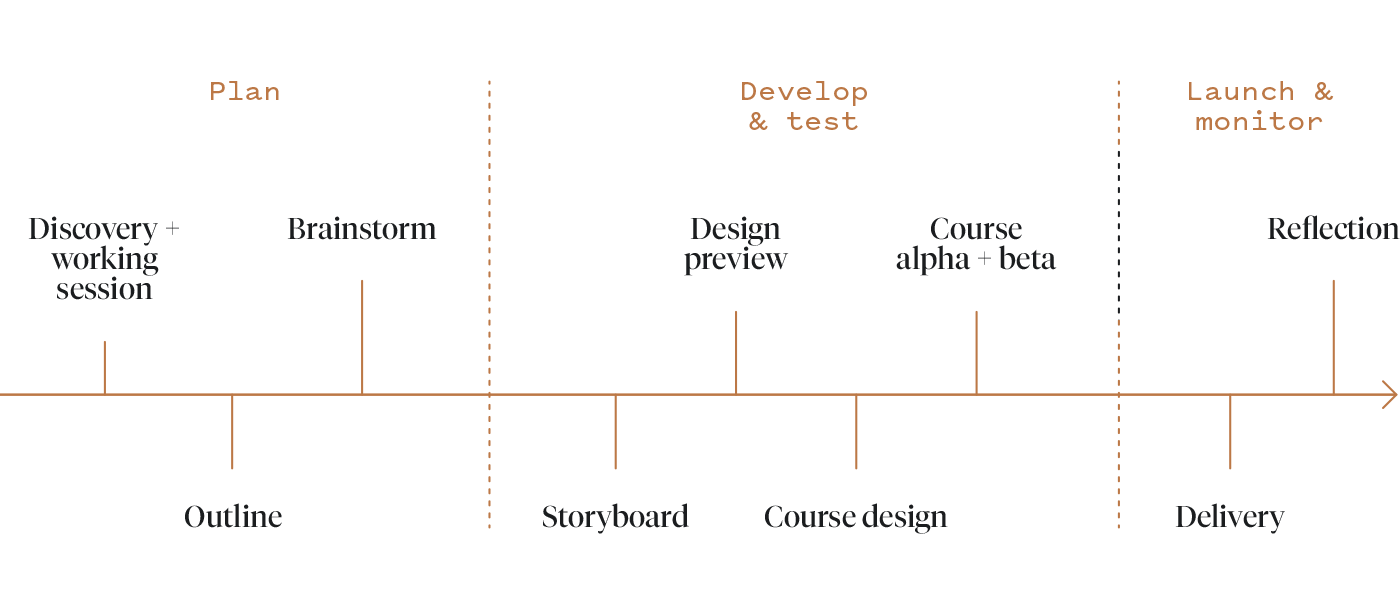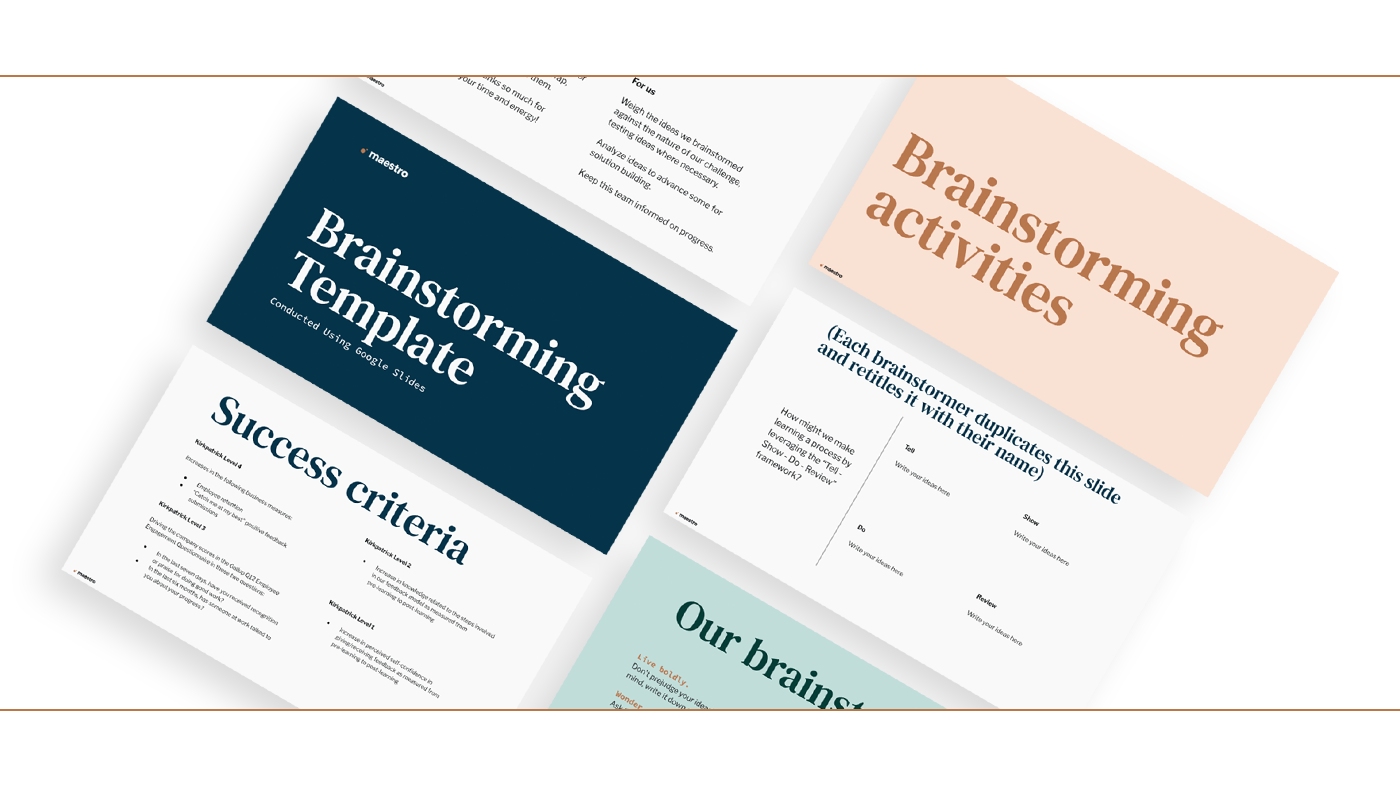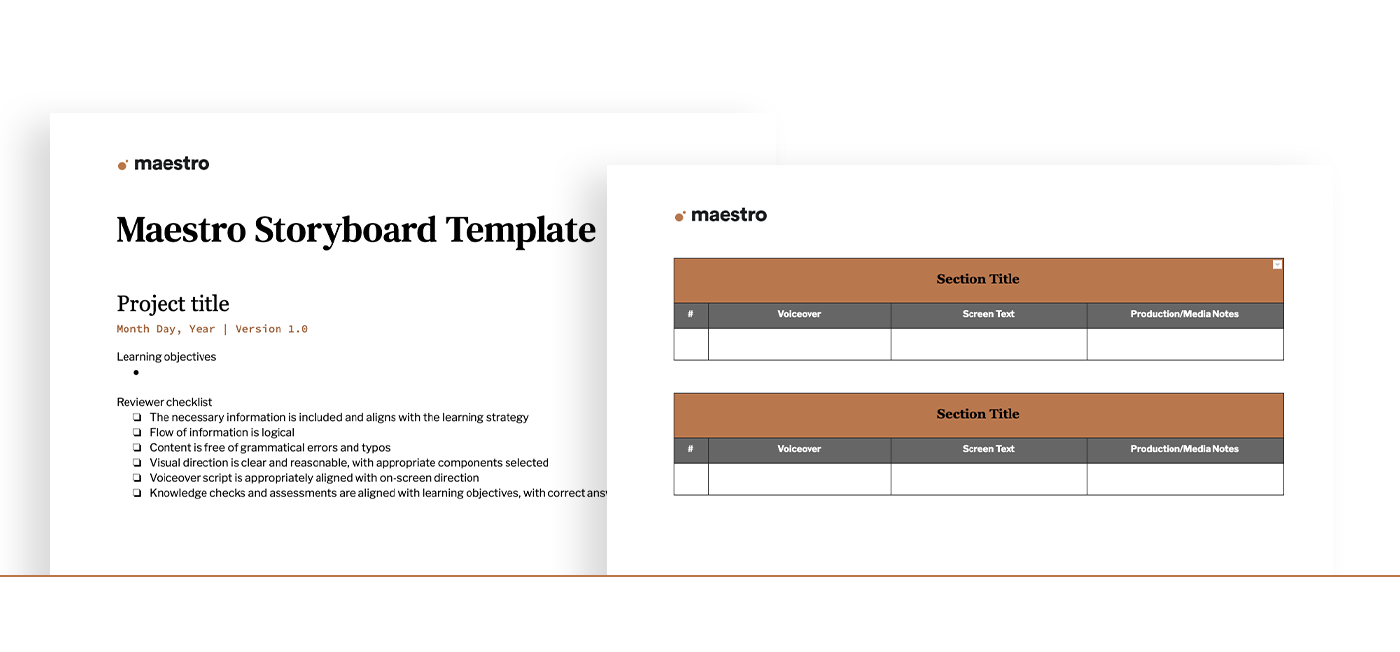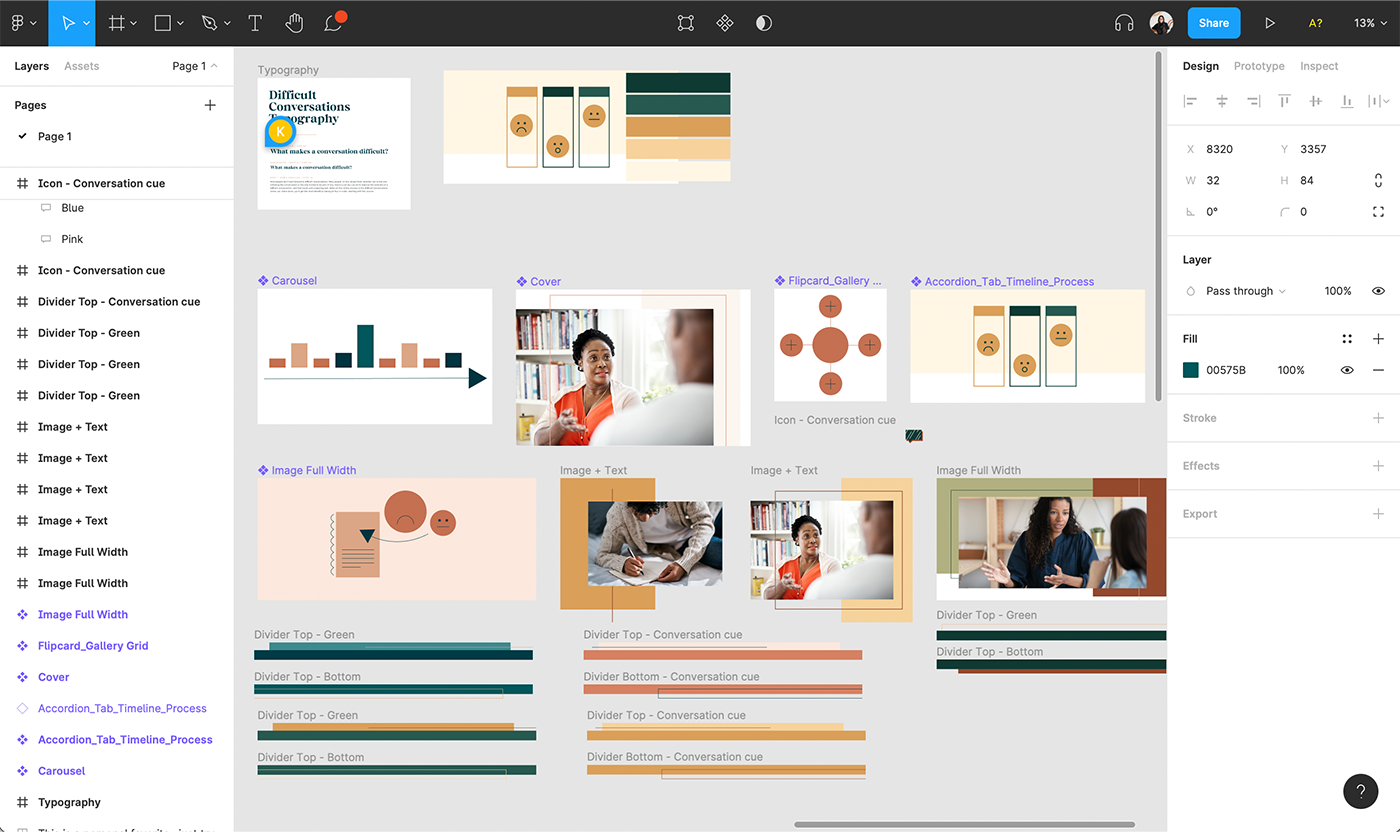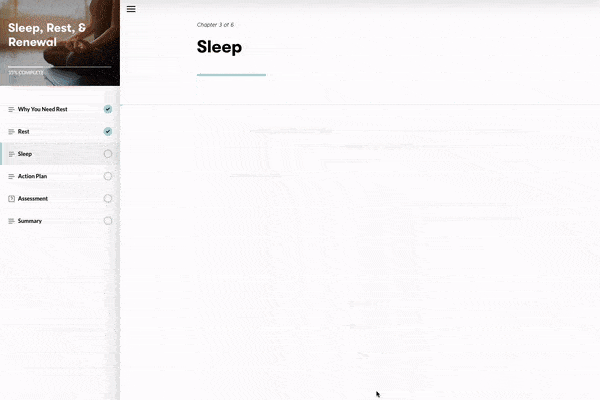Looking to brush up on your learning strategy know-how? Now’s the time—it’s clear that the importance of learning in the modern work landscape will only continue to grow. As the world gets busier and more complex, organizations will rely more and more on their employees’ abilities to continually upskill, reskill, and adapt to new realities. Enter L&D.
As learning professionals, it’s our responsibility to craft effective learning strategies that create meaningful behavior change in learners. But time and again, learning experiences fail to meaningfully impact business goals or promote sustained behavior change. Sometimes that failure stems from not understanding how learning initiatives connect to overarching business objectives. Other times, it’s the result of a misalignment between what we think learners need and what they actually need.
No matter the case, our Learning Principles can help. By letting your learning strategies be propelled by a set of principles founded on the science of how people learn you will undoubtedly create more-effective and more-meaningful learning experiences.
Here at Maestro, we live and breathe by these four Learning Principles, which any learning team can apply to their own learning efforts:
LP. 01: Learning exists to create change
LP. 02: Learning is a process
LP. 03: Learning should meet people where they are
LP. 04: Learning works best when beautifully designed
We arrived at these principles after years of experimenting, honing our craft, and recognizing patterns in human behavior. The best part about them is that they’re universal and can be applied to any learning strategy.
Let’s dive into each of these fundamental principles and explore how to apply them to your strategies for learning.
LP. 01: Learning exists to create change
The goal of any learning initiative isn’t simply to deliver knowledge, but to deliver meaningful results. And by meaningful results, we mean a change in behavior. In successful learning experiences, learners not only attain new or improved skills or abilities; they apply them. No matter how you slice it, learning is about driving behavior change.
In order to facilitate real behavior change, you must be able to answer a few foundational questions. What change do you want to see in business performance, and how will you measure it? What do learners need to be able to do to reach our goal? Note that the answers to those questions aren’t always obvious. In fact, it’ll probably take some serious research on your part to answer them accurately. To truly create meaningful behavioral change, you must understand what is meant to change and why—and that requires thorough learner research. We’ll get into this a bit more when we explore Learning Principle 03, but for now, just remember that learner research is an essential foundational element of an effective learning and development strategy.
In that same vein, it’s important to note that learning doesn’t happen in a vacuum, and behavior can be influenced by more than just learning. The ABC Behavior Model is a useful tool to assess the environment, events, incentives, and reactions surrounding the central learning problem—the behavior you want to change—and how to address that knowledge in your learning strategy.
For instance, when you implement learner research tools like the ABC Model framework, you may find that a certain approach to learning—sometimes even learning itself—isn’t the best solution. You may discover that what you thought was the central learning problem isn’t actually the central problem, but a byproduct of a different root cause, like the environment or a lack of motivation. That’s why learner research is so critical. If you truly want to change your learners’ behavior, you must have all the information.
Once you have the necessary information to begin developing your learning strategy, start with the end in mind. What does success look like? By answering this question—informed by what you collected in the learner research phase—you’ll identify the north star of your learning strategy, which will shine a guiding light that will help you develop a learning experience that achieves meaningful results.
Practical applications for your L&D strategy
You know learner research plays a vital role in developing effective learning strategies, but how do you know if your learning experiences are actually creating behavior change? You measure the results.
As you evaluate the success of your corporate learning strategy, don’t fall into the trap of only measuring outputs—i.e. how many learners completed the course, how many passed the knowledge checks, and how long it took for the learners to complete each module. It’s equally important to measure the outcomes your learning experience created. Have customer service scores increased? Have operations improved their efficiency? Has there been an increase in conversions? Measuring outcomes over outputs helps you identify the positive ripple effects your learning initiative has created throughout the organization.
One great way to gauge your initiative’s impact is using an evaluation tool like the Kirkpatrick Model, which identifies the four levels of learner comprehension. While the lower two levels of the Kirkpatrick Model—Reaction and Learning—measure more surface-level outcomes, the top two levels—Behavior and Results—are where the magic happens. The top two levels measure whether or not your learners are applying the knowledge or skills they’ve learned, and how that application affects the organization.
As you employ the Kirkpatrick Model to measure the effectiveness of your learning strategy, consider the following measurement methods: for the Behavior level, you can use scenario-based assessments or on-the-job observation and feedback to assess whether your learners are actively changing their behavior. For the Results level, focus on how the learning experience impacted overall business performance.
As you design your next learning experience, consider these questions:
- What is the problem this learning initiative is meant to solve?
- What change do you want to see in business performance, and how will you measure it?
- What do learners need to be able to do to reach our goal?
- How do you plan to measure the outcomes of your learning experience, and why?
LP. 02: Learning is a process
Much like crafting a learning experience is a process, learning itself is also a process. Seldom is someone able to read a book, take a course, or watch a video and then apply a new skill perfectly on their first try. Learning isn’t a one-time event—it’s a process that spans a range of tools and time.
You’ve heard of the learning curve—well, there’s a forgetting curve as well. Research shows that, without repetition, learners only retain around 25% of new information a week after learning the material. That’s why learning strategies that implement ongoing and/or blended approaches to learning tend to make more of a lasting impact on learners. The more opportunities learners have to practice what they’ve learned, the better they’ll retain the information. With that in mind, consider using techniques like spaced repetition in your learning experiences to actively support learner retention.
Learning Project Design Brief Template
This customizable learning-program design template walks you through the key elements of a successful learning experience. As you begin planning your next learning project, consider the prompts on each slide as you fill in your responses. When you’re done, you’ll have a thorough and thoughtful brief to set your training and development programs up for success.
Get the free template→Practical applications for your learning strategy
When designing new learning experiences, we often recommend the Tell, Show, Do, Review model. Each stage of the Tell, Show, Do, Review model offers value for learners, but to achieve the greatest impact, you must take learners through all four stages of the learning process.
For instance, if you’re introducing learners to a brand-new concept, you might pair a Tell experience—like a verbal instruction or lecture—with a Show experience, in which you demonstrate and model a skill or behavior. You might then move into the Do stage, where learners apply their knowledge in a controlled environment—think simulations, role-playing, or scenario-based learning—and provide some form of Review afterward via feedback or coaching.
As you design your next learning experience, ask yourself these questions:
- How might learners practice the new behavior in a safe, controlled space?
- What tools exist to enable reinforcement and feedback loops?
- How do we make the learning experience just challenging enough?
LP. 03: Learning should meet people where they are
You already know there’s no one-size-fits-all approach to learning. Every learner audience—not to mention every individual learner—is unique. To deliver the best possible learning experience, you have to meet your learners where they are.
In a nutshell, meeting your learners where they are means understanding your learners’ day-to-day reality. As you conduct learner research, pay special attention to certain factors that may affect how they interact with your learning experience: what their behaviors look like today, how much time they have to devote to learning, and how they’ll be applying the information they learn.
Nowadays, most learners are busy individuals, and completing a training can easily get pushed to the side or deprioritized. What often motivates learners—no matter their level of busyness—is understanding what’s in it for them. What purpose will this learning initiative serve for them? How will learning the material help them? When you truly understand your learners, you’ll be able answer these questions accurately and effectively, and your learners will be far more inclined to engage in the learning experience.
Practical applications for your L&D strategy:
We’ve said it before and we’ll say it again: thorough learner research is crucial to the effectiveness of your learning strategy. A good place to start when it comes to learner research is simply asking the basics. What do your learners need to know? Why do they need to know it? What do they already know?
From there, if you have the time and resources to do so, we strongly recommend conducting a Learning Environmental Analysis, complete with learner interviews and field observation. If you’re unable to check every box in the LEA, try to check as many as you can. Learner research will be your best and biggest asset in developing effective learning strategies. And remember, in order to truly meet your learners where they are, you’ll need to approach learner research from a place of empathy. In other words, don’t assume you know anything, focus on feelings, and prioritize the “why.”
One final note on meeting your learners where they are: be sure to make your experiences as accessible and inclusive as possible. Ideally, your learning experience should cater to the needs of every one of your learners, no matter their background or circumstance.
Questions to consider when designing your next learning experience:
- What does your learners’ day-to-day look like? How will your learning experience fit into that?
- What is your learners’ motivation to change or adopt a new behavior?
- Does your learning experience effectively communicate the “why?”
LP. 04: Learning works best when beautifully designed
What is a learning professional’s secret weapon? Design (and yes, that capital “D” is intentional). We firmly believe that learning works best when beautifully designed. And when we say “beautiful,” we mean something more than just good-looking. Effective design is far more strategic than simply decorating your learning experience with a few images or using an appealing color palette. Every design decision you make should be intentional because the visual appearance of your learning experience has a huge impact on how the material is received.
A phenomenon called the aesthetic-usability effect explains that learners are statistically more likely to engage with visually pleasing material. They’re also more likely to subconsciously believe that aesthetically pleasing material has more value and credibility. Investing in visual design shows learners that high-quality learning experiences are an organizational priority.
But beautiful design isn’t all about the visual elements of your learning experience. This is where Design with a capital D comes in. The way you design the written material also has a great effect on learner comprehension. One of the most powerful methods you can employ when writing your learning experience is strategic storytelling. As humans, we are wired for storytelling, and stories are often the best way to introduce new concepts and ideas.
Effective learning design brings together the art of storytelling, the skill of writing, the beauty of visual design, the science of learning theory, and the challenge of working with constraints (platform, physical components, the learner profile, time, budget, stakeholders, and more). At Maestro, we believe in letting writers write and designers design because we know that the most effective learning experiences are created when visual and instructional design work together.
Practical applications for your learning strategy
We believe that every learner deserves consumer-grade design in their learning experiences. But we know that consumer-grade design takes time, talent, and resources to pull off. If you’re working with limited resources or lack of experience, or as an overloaded one-person L&D department, you can still create beautiful, effectively designed learning experiences. Simply play to your strengths and stick to a principled approach to learning design.
Anyone can rely on universal principles of good design to improve their learning experiences. Remember that design is often misunderstood as something looking good, but it’s much more—strategic, visual, and instructional design shape the solutions that our teams create for our teammates to experience. Evaluate every experience you create to ensure that the design intentionally serves the learning objectives. Do design and technology work together to produce the most effective possible solution? Is the entire experience cohesive and on brand?
If you’re still overwhelmed by the design aspect of your learning initiatives, consider working with a learning partner who can help you create something truly beautiful and effective. The best learning partners will possess the capabilities and experience needed to co-create the most impactful, highest-quality experiences with the least amount of stress.
Ask yourself these questions when designing your next learning experience:
- Does this solution address a specific problem, while also pushing beyond conventions?
- Does the design help the user understand both how to navigate the experience and the material itself?
- Does the design help the user understand both how to navigate the experience and the material itself?
Learning Principles drive effective learning strategies
At Maestro, everything we do—from visual and instructional design to video production and beyond—is guided by our four core Learning Principles. These principles help us ensure that every learning experience we create is built on a strategic combination of creativity and the science of how people learn. Because we know that great learning is about more than just delivering content; it’s about inspiring meaningful behavioral change.
There’s more to dig into when it comes to Learning Principles. Check out our on-demand webinar, 4 Key Principles to Inspire Change Through Learning. And while you’re at it, download a copy of our free Learning Project Design Brief to start mapping out your next learning experience.


